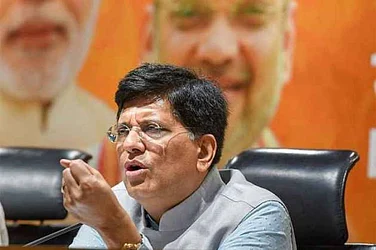Maharashtra recently joined nine other states in launching a new income-transfer scheme for women, following Andhra Pradesh's initial lead in January 2020. This program will benefit 16 per cent of India’s adult female population.
The total annual expenditure for these schemes amounts to Rs 1.8 trillion, which represents 0.8 per cent of the combined Gross State Domestic Product (GSDP) of these states and 0.6 per cent of India’s GDP.
Given that states have borrowing limits, these initiatives are not expected to result in a surge in general government deficits. However, to finance these income-transfer schemes, states may need to reallocate funds from other areas of revenue expenditure.
Advertisement
As per a report by Axis Bank, these schemes reduce the likelihood of Central Government launching similar income-transfer plans.
A Growing Trend
Maharashtra's Ladli Behen Yojana is the latest scheme being announced under income-transfer plans. This scheme allocates Rs 460 billion (0.8 per cent of the state's GSDP) to transfer Rs 1,500 per month to 26 million women.
Maharashtra is the 10th state to announce such a scheme, following Andhra Pradesh, Assam, West Bengal, Madhya Pradesh, Karnataka, Tamil Nadu, Telangana, Himachal Pradesh and Delhi.
"On a full-year basis these add up to Rs 1.8 trillion (0.6 per cent of GDP)," the study read. Currently, 110 million women (16 per cent of India's female population) benefit from these schemes. "Nationally, FY25 spending would reach 0.5 per cent of GDP in FY25, vs 0.2 per cent in FY24, but for states running these schemes, these amount to 0.8-19 per cent of total expenditure and 0.2-3.2 per cent of GSDP."
Advertisement
Fiscal Impact
While the schemes may seem fiscally challenging, they have a limited impact on the overall fiscal balances. The budgeted FY25 deficits for these states are currently above FY23 actuals, but actual deficits are generally below budgeted numbers, as per the study.
Meanwhile, state borrowing is capped at 3 per cent of GSDP. These spends often substitute other expenditures, which might help in limiting the overall fiscal impact.















 Just one email a week
Just one email a week